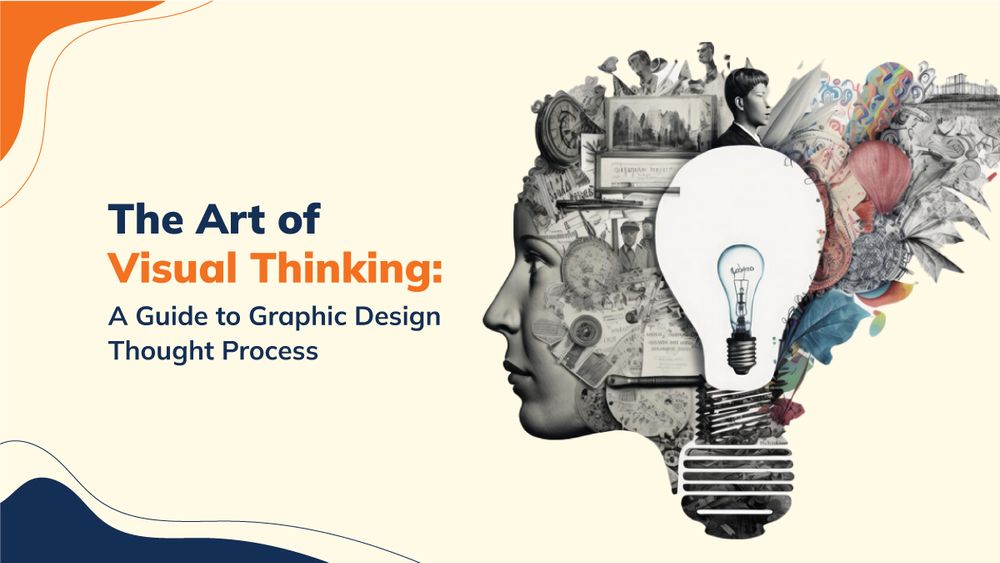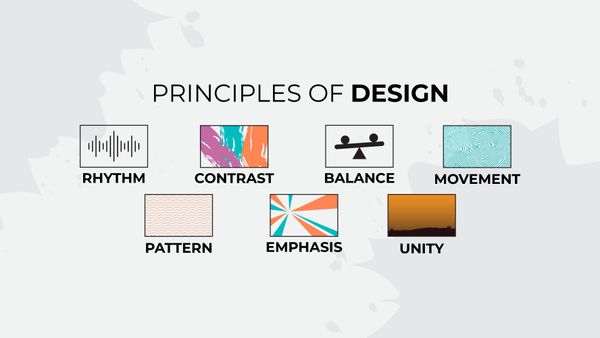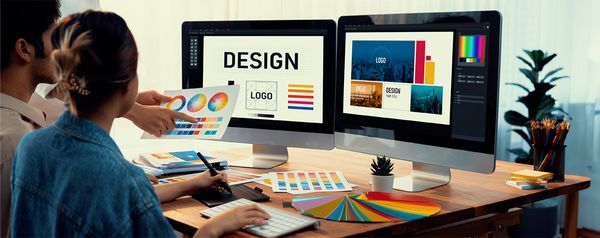The Art of Visual Thinking: A Guide to Graphic Design Thought Process
Graphic design is a captivating blend of artistry and strategic thinking. Behind every visually stunning and impactful graphic lies a well-thought-out design process. From the initial concept to the final execution, designers engage in a series of steps encompassing creativity, research, experimentation, and refinement. In this blog, we will delve into the intricacies of the thought process of designing a graphic, providing insights into transforming ideas into compelling visual communication. Learn graphic design online from the experts to get clarity on the whole process of ideation in creating amazing graphic design creatives.
Step 1: Understanding the Purpose and Audience
The first step in designing a graphic is to gain a comprehensive understanding of the purpose it serves and the intended audience. Knowing the objectives and target demographic helps designers align their creative decisions with the desired outcomes, whether it's a logo, poster, or website banner. Researching the target audience's preferences, characteristics, and visual language sets the foundation for an effective design that resonates with its viewers.
Step 2: Gathering Inspiration and Conducting Research
Inspiration can be found in various forms, such as exploring design trends, studying relevant industry examples, or drawing inspiration from art, nature, or everyday life. Conducting thorough research on the subject matter, competitors, and current design practices allows designers to gain insights and identify unique elements that can inform their creative direction. This stage also involves gathering necessary assets like images, fonts, and colours to contribute to the visual narrative.
Step 3: Ideation and Conceptualisation
Designers enter the ideation phase with a solid understanding of the project's goals and armed with research insights. This stage involves brainstorming, sketching, and exploring multiple design concepts. By generating a range of ideas, designers can push boundaries, experiment with different visual approaches, and evaluate which concepts align best with the project's objectives. This stage encourages exploration and fosters creativity, allowing designers to refine their vision and select the most promising concept.
Step 4: Defining the Visual Elements
Once a concept is chosen, designers define the key visual elements that will bring the graphic to life. This includes selecting appropriate colors, typography, imagery, and layout. Colors evoke emotions and convey messages, so choosing a color palette that aligns with the desired mood and brand identity is crucial. Typography selection plays a significant role in enhancing readability and creating a visual hierarchy. Additionally, selecting or creating suitable imagery or illustrations helps to tell the story and capture attention.
Step 5: Attention to Detail and Composition
Design is in the details. Paying meticulous attention to alignment, spacing, and proportions is crucial for creating polished and professional graphics. Ensuring a harmonious composition that guides the viewer's eye and balances visual elements is key to a visually pleasing design. This stage involves fine-tuning the design, adjusting, and refining until every element is in its right place.
Step 6: Considering Branding and Visual Identity
When designing a graphic, it is essential to consider the client's or organisation's existing branding and visual identity. The graphic should align with the established brand guidelines, incorporating consistent colors, typography, and imagery. This ensures brand recognition and coherence across different marketing materials.
Step 7: Balancing Aesthetics and Functionality
Designers must balance aesthetic appeal and functional effectiveness. While visual attractiveness is important, the graphic should also serve its intended purpose effectively. Considerations like legibility of text, intuitive navigation (in the case of digital graphics), and a clear hierarchy of information should be considered to ensure the graphic fulfils its intended function.
Step 8: Applying Principles of Design
Designers rely on fundamental design principles such as balance, contrast, hierarchy, proportion, and visual rhythm to create visually appealing and harmonious graphics. These principles guide the arrangement and relationship of visual elements, creating a cohesive and engaging composition.
Step 9: Experimenting with Layout and Composition
Designers learn graphic design online from experts to explore various layout options and compositions during the design process. By experimenting with different arrangements of elements, such as text blocks, images, and negative space, designers can create visual interest and guide the viewer's attention to key information. Exploring different compositions helps to find the most impactful and visually pleasing arrangement.
Step 10: Adapting to Different Mediums and Platforms
A graphic designed for print may need to be adapted for digital platforms or vice versa. Designers consider the specific requirements of different mediums, such as resolution, file formats, and responsive design, to ensure the graphic looks and functions optimally across various platforms and devices.
Step 11: Emphasising User Experience (UX) and Usability
Designers focus on enhancing the user experience and ensuring usability for interactive graphics or user interfaces. This involves considering user flows, intuitive navigation, clear calls to action, and optimising the interaction design to create a seamless and engaging experience for the user.
Step 12: Staying Updated with Design Trends and Technology
Design constantly evolves, influenced by changing trends and technological advancements. Designers stay updated with the latest design trends, emerging technologies, and software tools to ensure their work remains fresh, innovative, and relevant.
Step 13: Iterative Design and Feedback
The design process involves continuous refinement and iteration. Designers create a preliminary graphic version and seek client, colleague, or focus group feedback. This feedback allows for constructive criticism and helps designers identify areas for improvement. Designers refine their work by incorporating valuable insights and suggestions, ensuring the final design resonates with the client's vision and the target audience's expectations.
Step 14: Seeking Continuous Improvement
The thought process behind designing a graphic is not static but a continuous journey of learning and improvement. Designers actively seek feedback, learn from critiques, and reflect on their work to grow as professionals. They embrace new challenges, embrace constructive criticism, and strive to push the boundaries of their creativity.
Step 15: Delivering the Final Product
After the design has undergone several iterations and refinements, it's time to prepare the final deliverables. This includes exporting the graphic in various formats suitable for different platforms, resolutions, and sizes. Designers must ensure that the final product is high quality, meets the technical requirements, and is ready for implementation.
Designing a graphic is a journey that encompasses careful planning, research, experimentation, and thoughtful decision-making. By understanding the purpose, audience, and subject matter, designers can create visuals that effectively communicate messages and leave a lasting impact. Through an iterative process of creativity, refinement, and attention to detail, designers transform concepts into visually captivating creations. The thought process behind the graphic design is a testament to the power of creativity and strategic thinking in crafting visuals that inspire, inform, and engage audiences.




